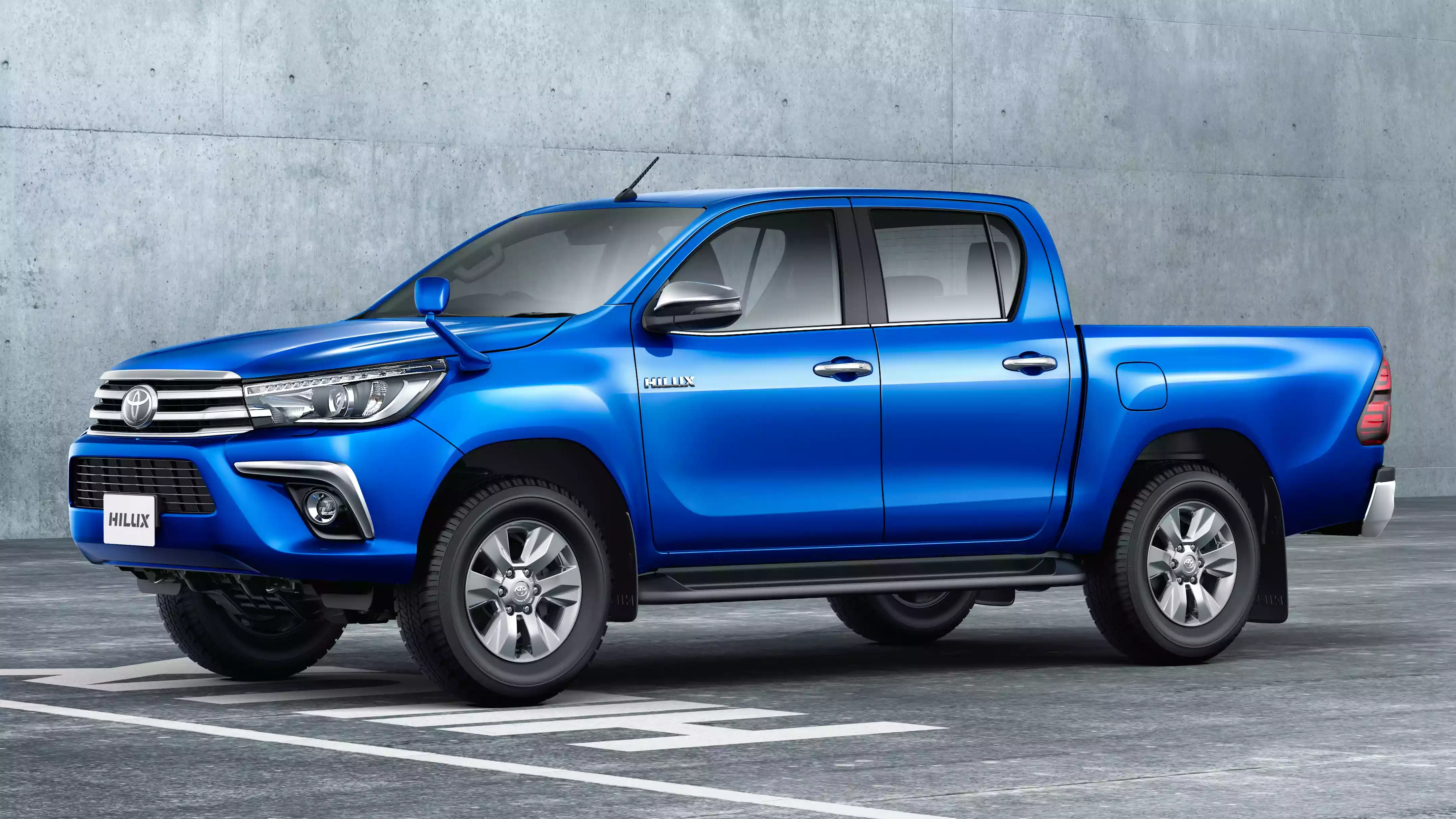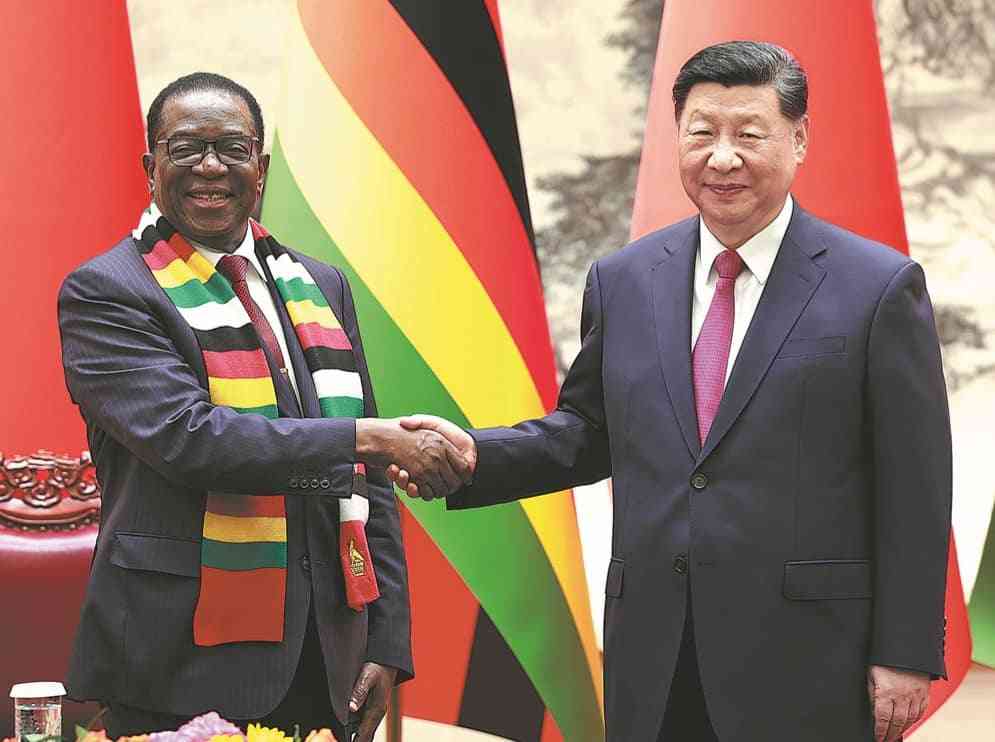
The Toyota Hilux is a light commercial pickup that has been in production for eight generations since 1968.
The name Hilux was derived from the words “high” and “luxury” and it is still known for its legendary toughness and remains that bakkie that is popular among the car owners, which they can count on.
It is also no secret that Japan is the majority supplier of used cars into Zimbabwe and naturally nine out of 10 customers will first check the prices and available models from Japan and later check those from South Africa, Thailand and UK in the process of shopping.
Apparently Toyota Motor Corporation in Japan stopped the manufacturing of the Toyota Hilux pickups in 2004 and only resumed in September 2017.
The Japanese citizens and the rest of the world witnessed the debut of the eighth generation Toyota Hilux double cab 2.4 litre straight-four diesel powered engine with a turbo.
As has been the norm with recent Toyota models, the Hilux has an upgraded interior coupled with Driver assistance systems like the Lane departure and collision monitor and avoidance systems.
Today we want to review this 2017 Toyota Hilux pick mostly in view of the existence of the 2.8-litre model coming out of our neighbours South Africa, UK and Thailand.
I know for certain that the local market has been spoilt by the majority supply with this 2.8 motor and more so from the old engineering technology that focused on more torque coming out of a bigger engine size to determine its performance.
It is for this reason that it’s critical to empower you with the right knowledge why Japan is offering this 2.4 litre only when other markets are offering the 2.8 litre over and above the 2.4-litre engine.
Under the hood of this 2017 Hilux pick up is 2.4 litre straight-four diesel powered engine with a turbo.
It has a capable 400NM of torque and maximum power output of 110KW. The engine uses a common rail direct injection fuel system that is friendly to the environment with lower emissions.
On fuel consumption you get 11.8kms per litre and the fuel tank is up to 80ltrs. As has been the norm with recent Toyota models, the Hilux has an upgraded interior coupled with driver assistance systems like the Lane departure and collision monitor and avoidance systems.
The package is commonly referred to as the Toyota Safety sense system.
The Toyota Hilux comes optionally with a 2WD or 4WD system to accommodate the terrain challenges for different customers.
The driver can toggle between the 2WD and 4WD depending on the driving demands needed. It comes solely with a six speed automatic gear box that is dedicated to ensuring you reach your destination.
On the other hand, the Toyota Revo from Thailand and the Toyota Raider model from South Africa come with a 2.8-litre turbo-diesel engine on the automatic transmission units that develops a healthy 130kW and 450Nm.
It is true that the 2.8-litre will certainly give you more power on the paddle when you need to but it comes at an additional cost on fuel consumption although its negligible.
So if your commute is longer distances and perhaps you have to tow a trailer frequently then off course the 2.8 motor is the better choice. Although South Africa and Thailand also offers the 2.4-litre models but they all come on a manual gearbox which may not be suitable for today’s driving convenience like the version from Japan.
In any product promotion the looks play a pivotal role to attract the eyes of the customers.
I believe that Toyota engineers did a good job creating a successful sleek appearance showing a cozy and bulged front bumper for pedestrian safety.
The bumper is more agile and better suited for off-road use. The interior cabin has a sleek design with blue LED lights surrounding it.
For noise reduction, the Hilux has received an improved body structure. It has also received a new Dynamic Control Suspension and Body Control System with Torque demand.
This Hilux comes in different vehicle specification grades namely the Z, X and the GR sport selection.
Among these the GR sport grade is the top spec coming standard with leather sport seats, all-wheel drive system, aluminum pedals, GR badge, black grille with bold Toyota Logo, black side steps, red seat belts and model specific bumpers.
The suspension system includes monotube shock absorbers and stiffer front springs that are suitable for the African terrain.
The current global economic outlook influenced by the Trump administration in the USA requires thoroughness in decision making particularly on areas of daily expenses.
Every cent counts and I am hoping that this edition of my articles sharpens your thought process to buy wisely.
One thing for sure about the used Japanese cars is that you will surely get them in perfect condition in majority of cases.
This is because the Japanese people are strongly cultured to look after their assets more carefully and use them for the right purpose only.
If you chose this 2.4 litre Hilux model from Japan in 9 out of 10 cases the mileage will be low, original and your purchase price will be cheapest compared to those coming from South Africa or UK.
Although the units from Thailand may be slightly cheaper but there are very few units that you will find with mileage that is less than 200,000kms from a 2017 model because majority of the pickups travel extensively on daily basis.
Japan is well structured in its used vehicle exports business and their standards are high which the majority of Japanese people adhere to religiously.
As l mentioned before the grading system on used cars in Japan makes the buying and selling of the vehicles well organised which benefits the buyers and reduces the space for fraudsters to operate in the industry without scrutiny.
This Toyota Hilux pick up from Japan will cost you between US$24,000 to US$26,000 up to Mombasa, Durban or Dar es Salaam port including freight depending with the specifications grade and the condition grade you choose.
So the combination of saving fuel, low emissions, driving convenience, cheaper price compared to others and reduced risk of buying a bad condition pick up surely makes the Japan Hilux 2.4-litre pick up a good choice to the majority of customers buying for family use.
- Stanley Makombe has 25 years experience in the motor industry, currently handling vehicle imports from Japan, Thailand, UK and South Africa into African countries. He is writing in his own capacity and can be contacted on +254 743 900 590, on X @Stan_Carsales, email: stanley@stanleymakombe.com, www.stanleymakombe.com










